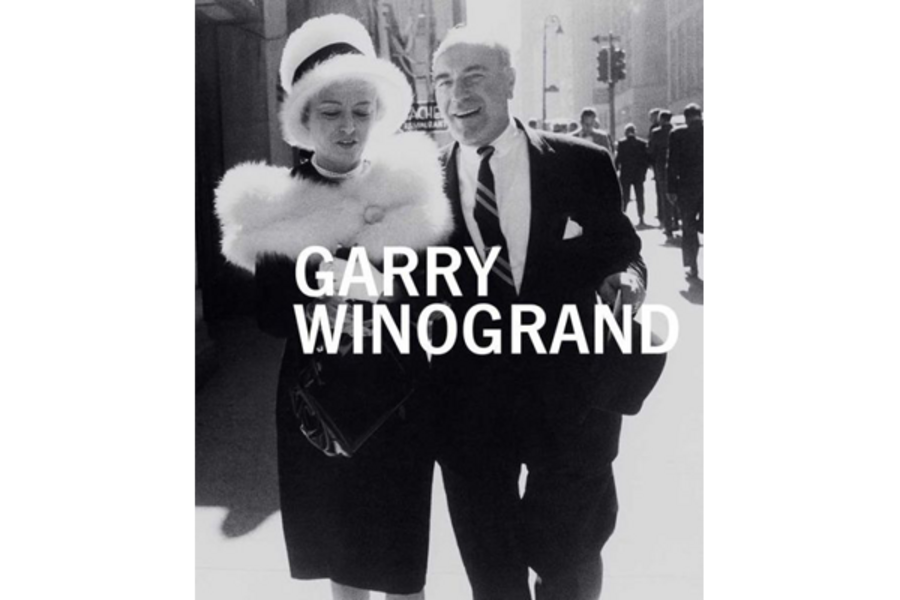Garry Winogrand
Loading...
For years, every time I came across a Garry Winogrand (1928-84) photo, I would become mesmerized by the energy in each frame. How could a seemingly spontaneous moment contain so much power? I picked up Garry Winogrand, edited by Leo Rubinfien, hoping for an answer.
Winogrand was born in the Bronx to immigrant parents. His formative years coincided with the ascent of America as a superpower, and – just as important – the rise of photo magazines, which provided Winogrand with not only a source of income but also with an arena in which to develop his eye.
Winogrand’s New York of the 1950s does not show the aftermath of the Depression, or the struggles of the immigrant class that he comes from. Instead, his New York is a midtown Manhattan full of strivers, whose energy drives a new booming postwar economy. The book takes us through three decades of Winogrand’s work. In the expansive introductory text, Rubinfien asserts that Winogrand is the least studied of his famous peers: Diane Arbus, Robert Frank, and Lee Friedlander.
The text frames the work, and life, of Winogrand from the perspective of a close observer. It explains that Winogrand at first pursued the humanist vision of the ’50s, best encapsulated by the Museum of Modern Art’s “Family of Man” exhibition in New York – an exhibit which included one of Winogrand's images.
Rubinfien suggests that Winogrand became an “author” when he encountered the work of Walker Evans and, later, Frank’s “The Americans.” Starting in the 1960s, his work took a more overtly personal tone in its commentary. As Winogrand earned a couple of Guggenheim grants, he pursued his goal of traveling the United States, free to investigate his vision, which seems to have become less and less optimistic with the passage of time.
As for my early desire to understand the energy of Winogrand’s images, it has become clear to me that their power comes from a certain disregard for composition, a peculiar sense of timing, and most important, a talent for translating ideas into images. His images are loaded with signs that unfold differently for each viewer, yet they remain faithful to his view of America. Winogrand’s work is not about the people in the images, but about his perception of America in a time of great turmoil.
The Winogrand images presented in this collection feel like the work of a man who has stayed late at a party that went on for much too long. They start with a sense of order and optimism and close with chaos and some regret.
The book is a companion to a retrospective exhibition at the San Francisco Museum of Modern Art, which will travel around the world over the next few years.
Alfredo Sosa is the Monitor’s photo editor.








